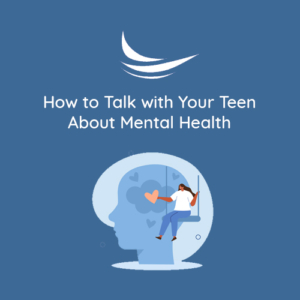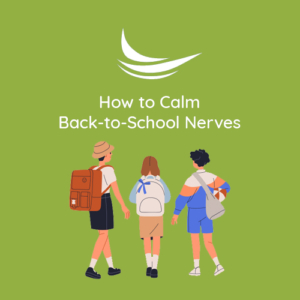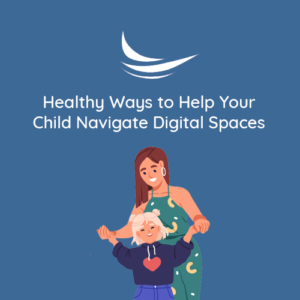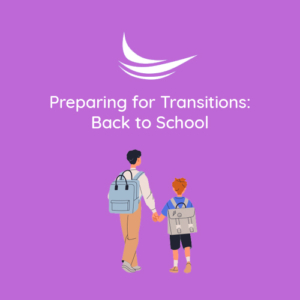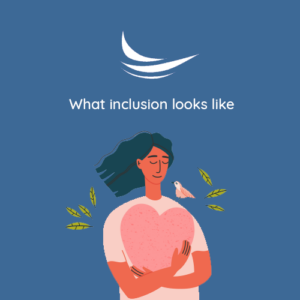How Educators Can Connect with Students
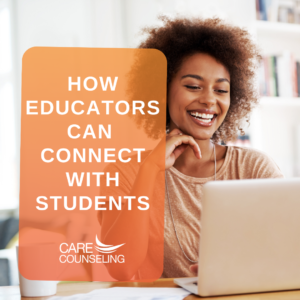 In the bustling world of education, being approachable is a superpower. It’s the key that unlocks meaningful connections and fosters an environment where students feel comfortable seeking guidance, sharing thoughts, and engaging in open discussions. An approachable educator is not just a teacher; they are a mentor, a listener, and a beacon of support. Let’s explore actionable strategies to create an inviting presence that encourages students to reach out and connect.
In the bustling world of education, being approachable is a superpower. It’s the key that unlocks meaningful connections and fosters an environment where students feel comfortable seeking guidance, sharing thoughts, and engaging in open discussions. An approachable educator is not just a teacher; they are a mentor, a listener, and a beacon of support. Let’s explore actionable strategies to create an inviting presence that encourages students to reach out and connect.
- Wear a Genuine Smile:
– A warm smile can work wonders in breaking down barriers. Greet students with a genuine smile that signals your openness and friendliness.
- Use Open Body Language:
– Your body language sends a powerful message. Maintain an open posture, avoid crossed arms, and make eye contact to show you’re engaged and receptive.
- Know Their Names:
– Taking the time to remember and address each student by name demonstrates that you see them as individuals, not just part of a crowd.
- Approach Them First:
– Initiate conversations with students. A simple “How are you today?” shows your interest in their well-being.
- Share Your Interests:
– Mentioning your hobbies or interests can create common ground, making you more relatable and approachable.
- Admit Your Mistakes:
– Show vulnerability by admitting when you’re wrong or don’t know something. This makes you human and approachable, as students can relate to imperfections.
- Attend School Events:
– Participate in extracurricular activities or events beyond the classroom. Seeing you in a different setting can help students connect with you on a personal level.
- Create a Welcoming Classroom:
– Decorate your classroom in a way that reflects your personality and creates a comfortable, inviting atmosphere.
- Listen Actively:
– When students talk, give them your full attention. This shows you value their words and encourages them to share more.
- Encourage Questions:
– Let students know that questions are welcome and that there’s no such thing as a ‘silly’ question. Create an environment where curiosity thrives.
- Share Personal Stories:
– Appropriately sharing stories from your life can help students see you as more than just a teacher. It humanizes you and fosters a sense of connection.
- Provide Individual Feedback:
– Offer personalized feedback on assignments, acknowledging their efforts and addressing areas for improvement. This shows you’re invested in their growth.
- Celebrate Achievements:
– Recognize and celebrate their successes, whether big or small. Positive reinforcement reinforces the idea that you’re on their side.
- Use Humor:
– Appropriately injecting humor into your teaching can create a more relaxed and enjoyable atmosphere, making you more relatable.
- Be Available:
– Whether through office hours, email, or educational apps, let students know how and when they can reach out to you.
- Respect Their Space:
– Understand that some students might need a bit more personal space or time before opening up. Respect their boundaries.
- Empower Them:
– Encourage students to take ownership of their learning and express their opinions. Feeling empowered increases their comfort in approaching you.
- Show Empathy:
– Understand their struggles and emotions. Let them know you’re there to listen and support them.
- Promote Inclusivity:
– Create an inclusive environment that respects diversity and welcomes everyone’s perspectives.
- Reflect and Improve:
– Regularly assess your approachability. Ask for feedback from colleagues or students and adjust as needed.
Being approachable is an art that educators can master with intention and effort. As you strive to create an inviting presence, remember that even the smallest gestures can have a big impact on students’ perception of you. By employing these strategies, you become more than a teacher; you become a trusted mentor and guide, someone who students can rely on, confide in, and look up to.










